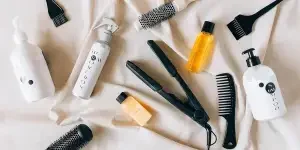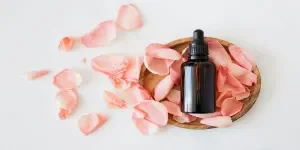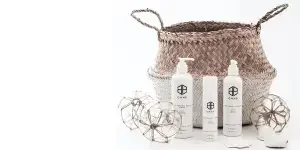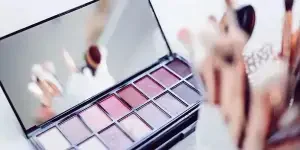Table of Contents
Introduction
What is skin pilling?
Search trends for skin pilling
What are the main causes of skin pilling?
Incompatible products
Using too much product
Not exfoliating properly
Too many silicone-based products
How to prevent skin pilling
Final thoughts
Introduction

Skin pilling is a problem that many people encounter during their skincare routine. This issue can occur for a few reasons, including using incompatible products or not prepping the skin properly before applying makeup. There are a few techniques, however, that can help to prevent skin pilling, reducing added fuss during skincare routines.
Read on to discover more about skin pilling, what causes it, and how to prevent it from occurring.
What is skin pilling?
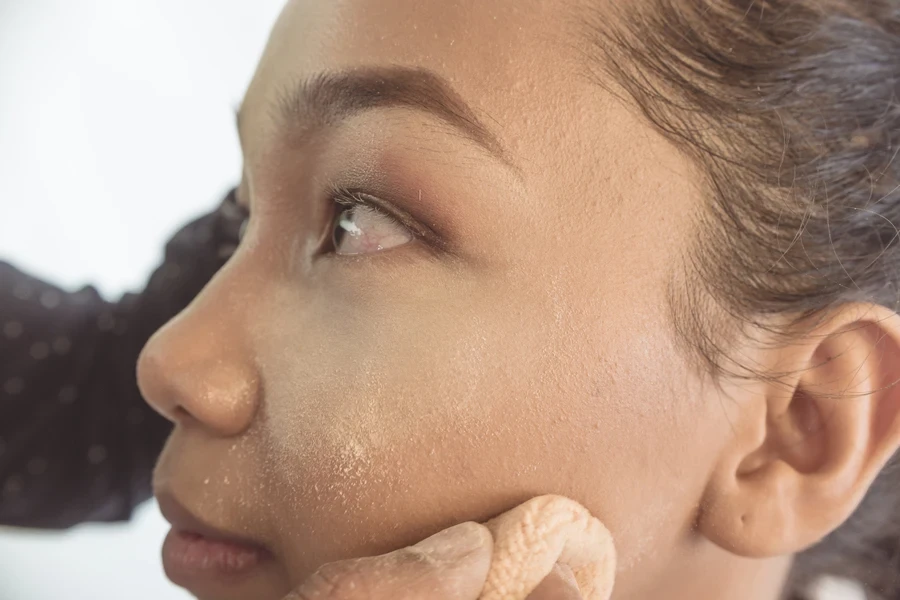
Skin pilling occurs when skincare products aren’t absorbed into the outermost layer of the skin as well as they should be. This causes tiny flakes or little balls on the surface of the skin to appear as a result of the products clumping together.
Skin pilling can happen for various reasons, but the most common after multiple layers of skincare products are applied too quickly or their formulas are incompatible, causing clumping, flakes, or rolls. Formulations that leave high amounts of silicones or film-forming agents on the skin can also affect the skin’s appearance and lead to irritation.
In the event of skin pilling, instead of having a smooth and hydrated complexion, the skin will usually have an uneven or rough texture. This can make makeup difficult to apply effectively due to the lack of product penetration. Polymers such as polyacrylamide and dimethicone are the most common emollients that will cause this issue, and will most likely occur when water-based serums are applied with heavier, oil-based products.
Search trends for skin pilling
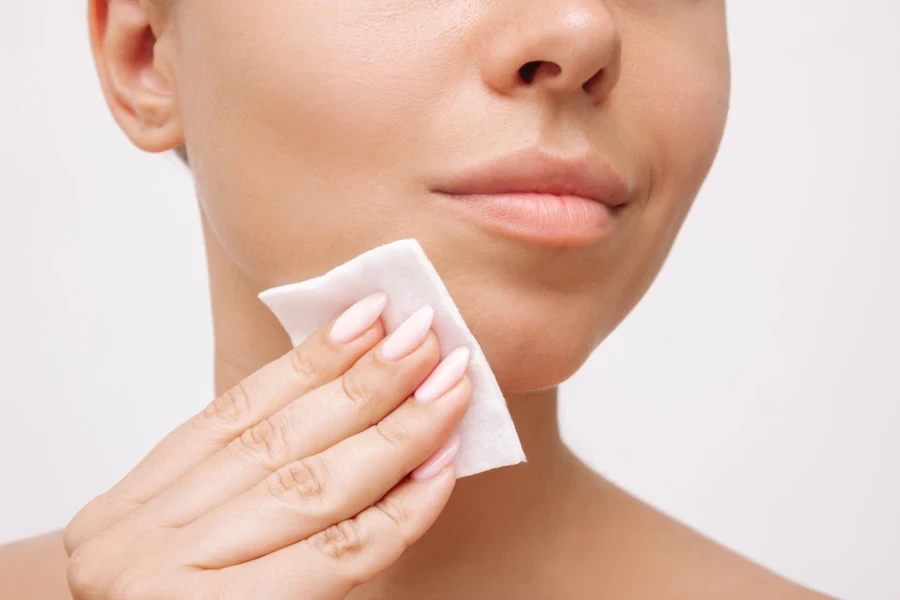
Using Google Search trends is a powerful way to see real-time insights into which products consumers are looking for. This can help to identify emerging trends, spot new product demands, and make decisions about what to sell based on firm data. In addition, by analyzing search behavior by region, businesses can adjust their marketing strategies and content to meet current interests.
Using Google, we can see that skin pilling is a consistent issue globally, with searches for fixes remaining steady throughout the year. According to Google Ads, “skin pilling” had an average monthly search volume of 1,900 in 2024, with most searches appearing in April, reaching 2,900.
Skin pilling can be extremely frustrating, especially during morning routines when they’re likely to be in a rush for work. Those who use multiple products are the most at risk, which is why companies are starting to develop formulas that minimize pilling.
Clarins is a good example of this, as they’ve spent three years studying and developing products that prevent skin from pilling over time.
What are the main causes of skin pilling?
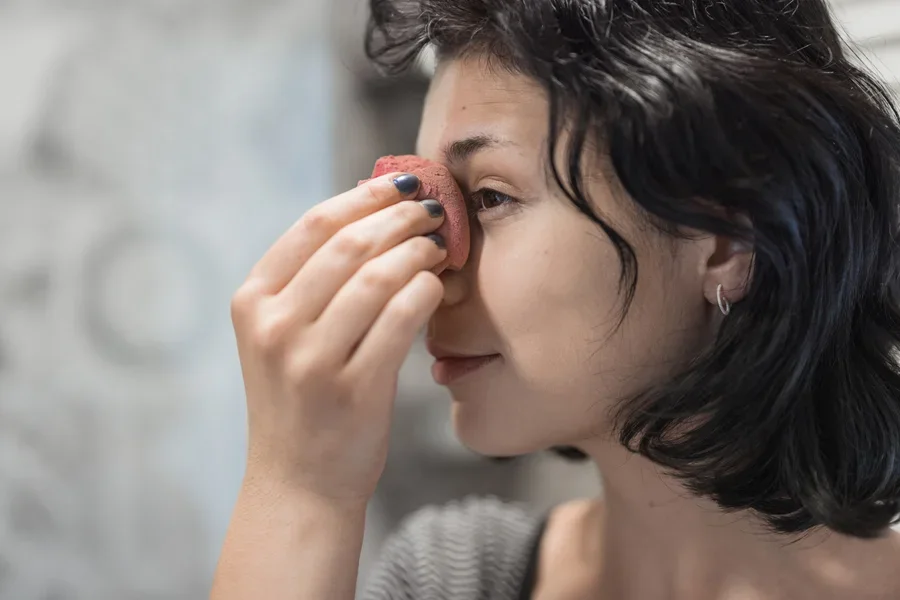
There are several main reasons why skin pilling occurs. By identifying the root cause, people can make the appropriate adjustments, achieving a smoother skin complexion and improving product absorption.
Here are some of the top reasons why skin pilling happens:
Incompatible products
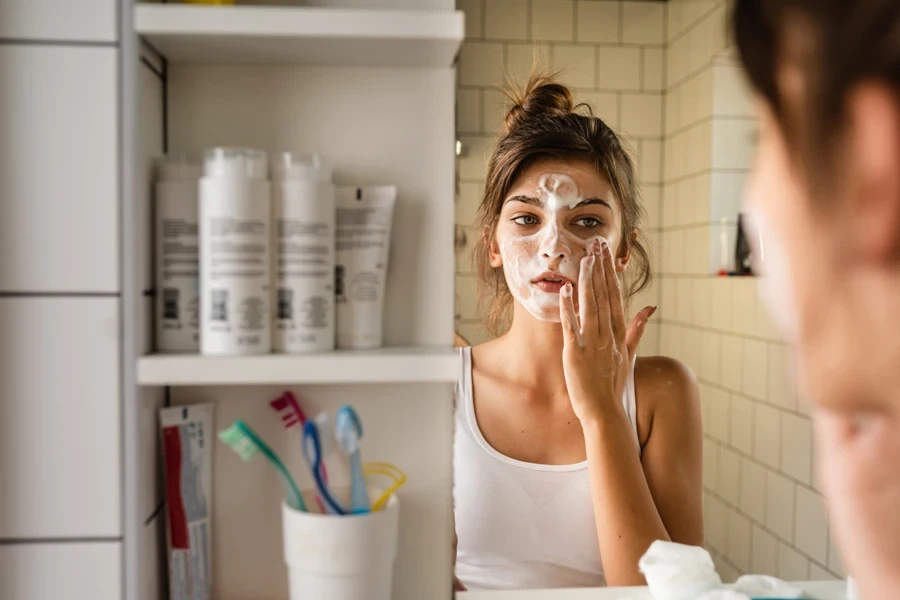
One of the most common causes of skin pilling is the use of incompatible products. Mixing water-based and oil-based products in the wrong order, for example, can prevent the products from blending properly. Pilling can also occur when emulsions with different pH levels or polymer structures clash on the skin.
Products that contain slow-absorbing occlusives, such as cross polymers, will cause skin pilling if used with aqueous serums that are fast absorbing. To avoid this, checking ingredient compatibility is key, as is leaving enough time in between different makeup being applied.
Customers should prioritize products that can be layered with others. This means using products that have a similar pH range (usually between 4.5-6.5) or that have fast-absorbing bases. Retailers that provide educational content around their products can help users to perfect their results and reduce negative outcomes in the future.
Using too much product

Another major contributor to skin pilling is using too much product. This is often an overlooked aspect of consumer behavior, but it’s no less important.
Skin pilling is likely to occur when excess layers of product sit on the skin’s surface instead of being absorbed. This is very common with serums or thick face creams, which are known to create buildup, such as tiny balls on the skin.
The good news is that this can be avoided by using only a small amount of product at one time. Only once it’s absorbed fully should another layer be applied. Different products can be suitable for certain skin types, so providing precise dosage guidance for buyers is always helpful.
Products that feature droppers or pump dispensers can go a long way in helping consumers avoid overuse. Lightweight formulas are more spreadable, allowing them to be layered easily without the risk of skin pilling.
Poor exfoliation
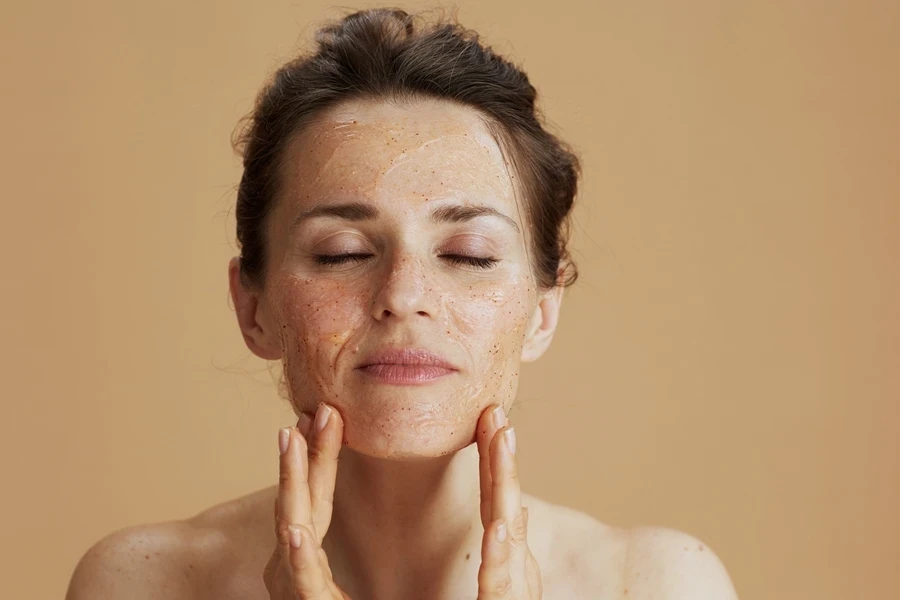
Exfoliating is a very important part of any skincare routine. Not exfoliating properly can lead to the buildup of dead skin cells, known as stratum corneum, as well as product buildup. This buildup creates a barrier that can interfere with the skin’s ability to absorb, which eventually causes skin pilling on the surface.
If this isn’t addressed before new skincare is applied on top, it makes it difficult for the product to absorb into the skin, and ultimately creates rolls or clumping. Not exfoliating regularly also has an impact on product incompatibility, as the ingredients will combine poorly due to the rough surface. Products that contain emulsifiers, occlusives, or volatile silicones are often the most problematic.
Regular exfoliation is key for anyone who uses serums or thick creams, which require a smooth surface to penetrate the skin effectively. This can be done using chemical exfoliants or gentle scrubbing sponges. Products with AHAs or BHAs, such as salicylic acid, support a smoother skin surface. Incorporating PHAs or enzyme exfoliants into the products makes them more accessible for people with sensitive skin.
Overall, educating users on proper exfoliation techniques and frequency will result in less skin pilling and a healthier complexion over time.
Too many silicone-based products
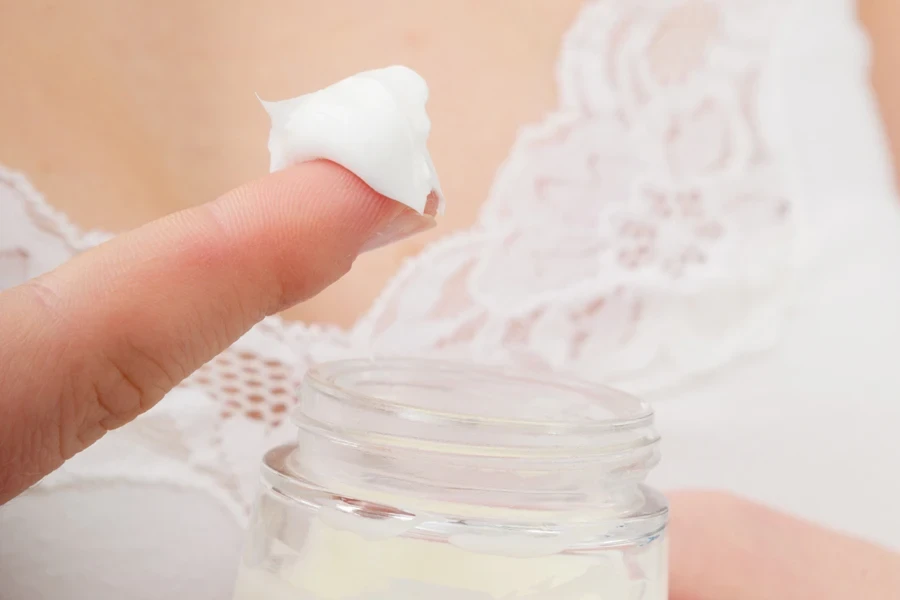
Silicones such as trimethylsiloxysilicate, dimethicone, and cyclopentasiloxane are used in many skincare products for their ability to sit on the skin’s surface and provide a smooth, silky feel. However, using too many silicone-based products can create a slippery barrier that prevents proper absorption.
Layering these products can cause buildup, making them roll off the skin instead of blending in. This problem is most commonly encountered when people try to combine foundations, moisturisers, and primers with silicone bases. The solution to this is for buyers to check the ingredient lists for each specific product and limit the use of silicones, such as dimethicone, which will help to prevent skin pilling.
It’s important that products contain a volatile silicone that evaporates after application. This will enable users to layer products without the worry of skin pilling. This is another area where education is key.
How to prevent skin pilling
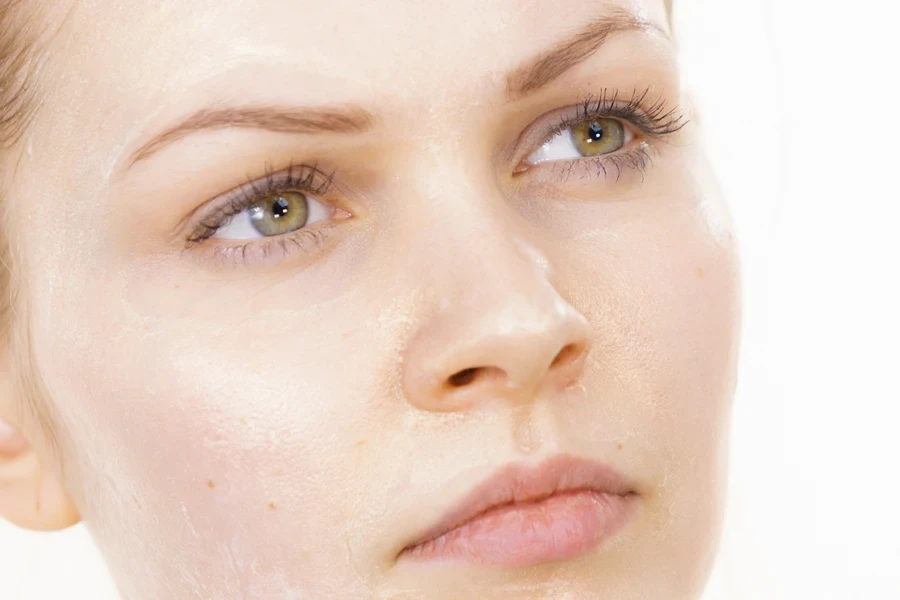
Skin pilling can be prevented by applying products in the correct order and avoiding overuse. To start, use lightweight, water-based products. Once they have absorbed, oil-based products can be added on top. Rushing through a routine can also lead to product buildup and eventually skin pilling. Finally, using small amounts of each product will promote improved skin penetration.
Exfoliating is another important step in reducing pilling as it removes dead skin cells that can block absorption.
It’s also important to avoid excessive silicones in skincare routines and to use a gentle patting motion – rather than rubbing – to help the products settle into the skin. This is especially important for people with dry skin.
Final thoughts
Preventing skin pilling is all about choosing the right products and applying them in the right order. Giving the products time to absorb and using a small amount at one time can help to create a smooth surface that’s ideal for makeup without the worry of skin pilling.
For those who regularly encounter skin pilling, it’s recommended to make small adjustments to their routine so as to discover the problem areas and work toward achieving a flawless and hydrated complexion.

